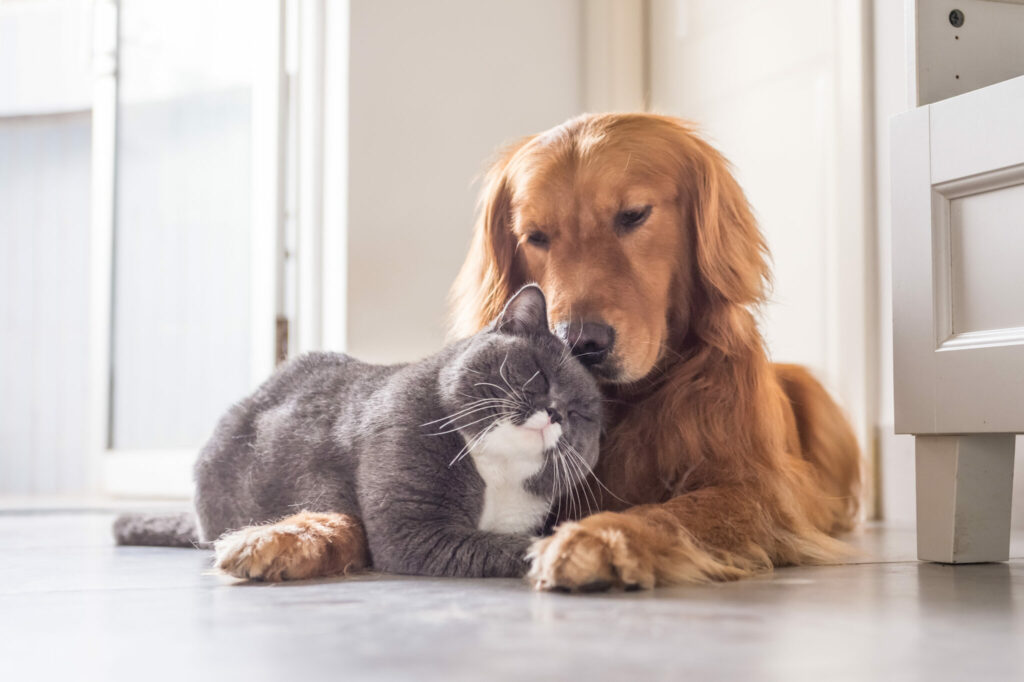Your cart is currently empty!

The Carbon Footprint of a Pet

Over the last 18 months the amount of people wanting and owning a pet has significantly increased. It has been found that as many as 44% of the UK’s population own a pet. With the many benefits of having a pet it is no wonder the amount of pet owners have increased. From the health benefits of reduced loneliness, stress, and more time outside, to the joy that comes with a companion, pets can be one of the highlights of our life.
Yet though we are aware of our own carbon footprint, many are not aware that our pet also has one, or what their carbon footprint might be. Despite this, every pet has its own pawprint, some larger than others, but all have their own carbon impact.
In this blog we share with you the different things we can all do to reduce the carbon footprint of our pet, and ultimately, our own carbon footprint too. But firstly — what is it that makes a pet’s carbon footprint so high in the first place?
Why is my pet’s footprint so high?

The food our cats and dogs consume is one of the biggest factors of its carbon footprint. For example, roughly 49 million hectares of agricultural land (for comparison, this is twice the size of the UK) is used annually to make dry food for cats and dogs. The annual greenhouse gas emissions were found to be 106 million tonnes of carbon dioxide. This is a huge amount, and would be the world’s sixtieth highest emitter, were it a country.
It is not only dry food that contributes to a pet’s footprint, however. It has also been shown that a pet consumes about a fifth of the world’s meat and fish. A household with a pet, therefore, has a significantly higher footprint.
Yet each pet is different, with larger pets having a higher footprint. Here are some examples of popular pet’s yearly footprint:
Average-size cat – 310kg of CO2e per year
Average-size dog – 770 kg of CO2e per year
Large dog – 2,500kg of CO2e per year
Goldfish – 25kg of CO2e1 per year
What can I do to reduce my pet’s pawprint?
Knowing the footprint of our pet is important but it doesn’t need to be an added weight or worry. There are many things we can do to reduce the footprint of our pet and make steps towards carbon neutral living.
What are some of the ways we can reduce the carbon footprint of our pet’s food?
-Stop overfeeding
-Feed with chicken, fish, or dry food rather than red meat such as beef
-Buy local food rather than that which has been imported
-Let them eat what we don’t want instead of letting it be wasted
-Bulk-buy dry food to reduce packaging
-Do research into what food brands are the most sustainable (how are they produced, where are they made, etc)
-Companies such as Yora and Tomojo are forging a path in insect-based food for dogs and cats – a nutritious and healthy alternative, with 96% fewer emissions than beef.
Other ways we can help

There are also other ways we can reduce our pet’s footprint. This could be from walking to a walk destination with our dog rather than driving somewhere to take them for a walk (unless already going there). Another action we can take is offsetting. Offsetting is contributing to environmental projects that are making sustainable changes in the world to help balance the footprint of our pet.
Leave a Reply